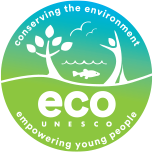Climate Change

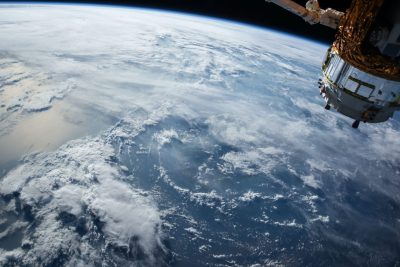
Climate change has always been happening, the earth slowly heating and cooling over thousands of years. However, climate change is happening at a faster rate than ever, as a result of human activity. While weather describes short term conditions like precipitation and temperature, a region’s climate is the long-term weather-patterns experienced in that area.
Our earth is warming. Global warming was at +1.1˚C in 2020. This may not seem like a lot, but this is a global average – some areas are experiencing higher levels of warming, such as at the poles which are warming 2-3 times faster. A temperature change of just 1˚C can have detrimental effects on many species and ecosystems as a whole. For example, ocean temperature increase or decrease by just 1-2˚C sustained over several weeks can lead to coral bleaching, which can lead to coral starvation and death. The Paris Climate Agreement aims to keep warming below +1.5˚C.
One of the main causes of climate change is burning fossil fuels. Burning fossil fuels such as oil, gas and coal has increased the levels of gases such as carbon dioxide, methane and nitrous oxide in our atmosphere, preventing excess heat from escaping our atmosphere, causing global warming. This is known as the Greenhouse Effect, which is demonstrated in the clip below.
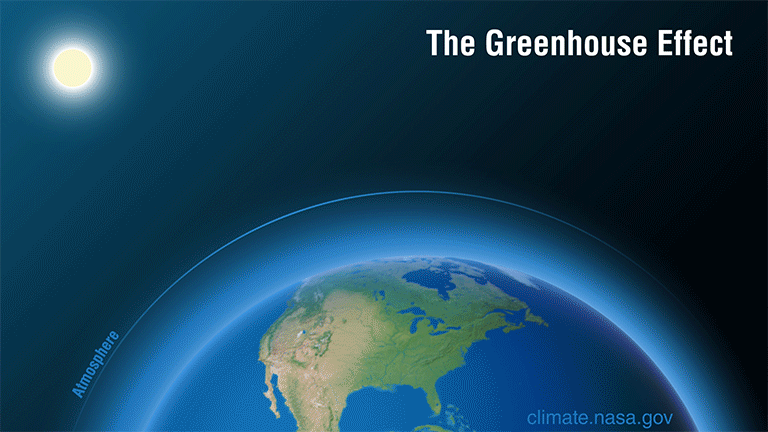
Carbon
Carbon is an element, which can be found on the periodic table of the elements, just like oxygen, gold, aluminium, and many more elements. Carbon forms the basis of life on Earth – everything contains carbon in some form. Fossil fuels are made from the compressed remains of dead organisms over millions of years, and so they are made of carbon too.
When we burn fossil fuels, we release this “stored” carbon as greenhouse gases carbon dioxide and methane, which are molecules which contain carbon.
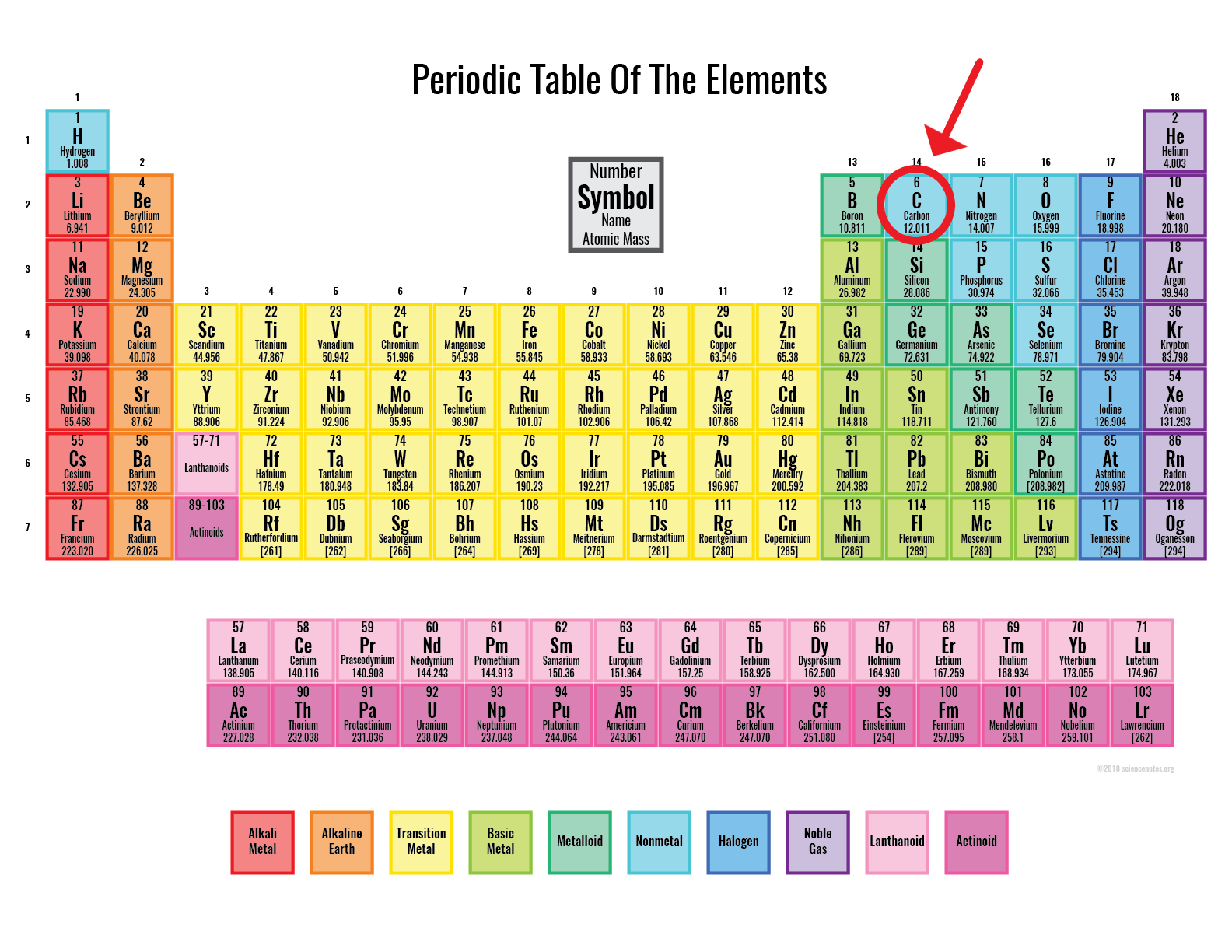
This is why we often hear terms like “carbon storage” or “carbon sequestration” – this is about taking the carbon out of the atmosphere and changing it into a more sustainable form, like trees and other plants. Plants photosynthesise, which means they take carbon dioxide out of the air and release oxygen (a molecule without carbon), which we need to breathe. Then, the carbon is stored as plant material!
When we cut down trees and burn the wood, and when we harvest turf from bogs to burn, this releases the carbon which has taken years to be stored in this amount. This is why trees for example are so important in tackling the climate crisis – they can be a source of the problem or a solution to the problem.
When we talk about our “carbon footprint”, this refers to the total emissions of greenhouse gases we produce as a result of our activities. If you would like to calculate your carbon footprint, check out this link! https://footprint.wwf.org.uk/#/
We need to reduce the amount of carbon that is being released as gases and take action to store carbon now, to slow down global warming.
Effects of Climate Change in Ireland
A 2018 report by Climate Action Network Europe found Ireland to be the second worst country for climate change address in the EU, behind Poland. In March 2021, the Government approved a revised Climate Action Bill, after response from the public that the Bill released in 2020 was not ambitious enough and had too many loopholes. The new Climate Action Plan puts into law achieving carbon neutrality (same amount of carbon is stored as is released; balance) by 2050, in line with EU targets and it is seen as quite an ambitious action plan.
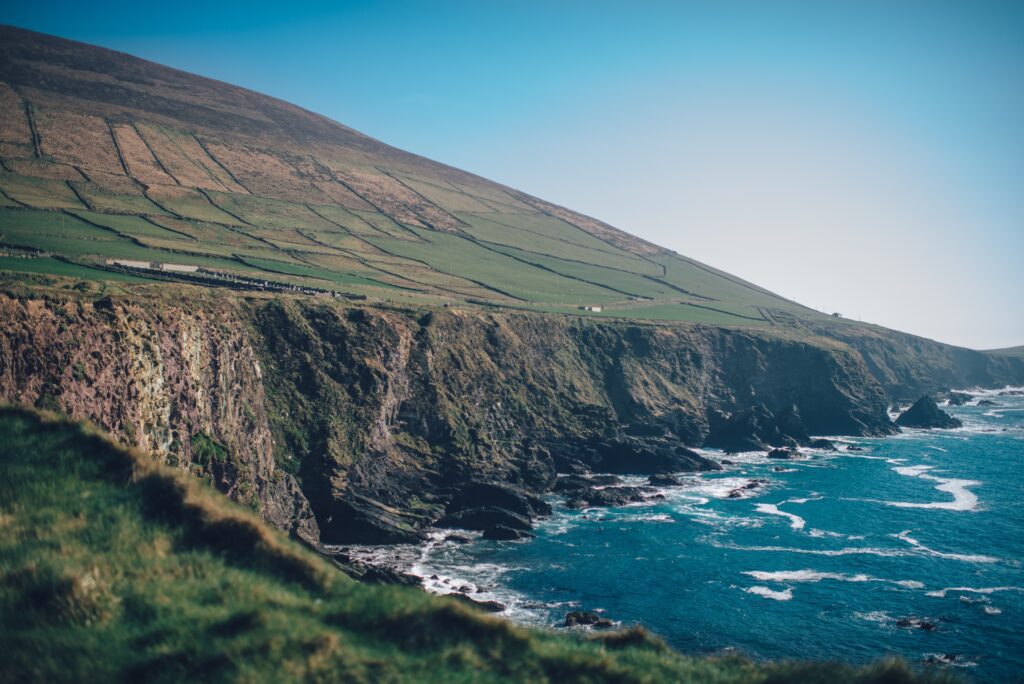
Ireland has already experienced rising average temperatures and these will likely increase by between 1˚C and 1.6˚C by around 2050. Ireland may see warmer, drier summers and colder, wetter winters, as well as more extreme weather such as storms. This will have a huge impact on Ireland’s agriculture and the ability to produce food. As an island, Ireland is vulnerable to rising sea levels, coastal erosion and flooding, as a result of the melting polar ice caps and extreme weather conditions.
